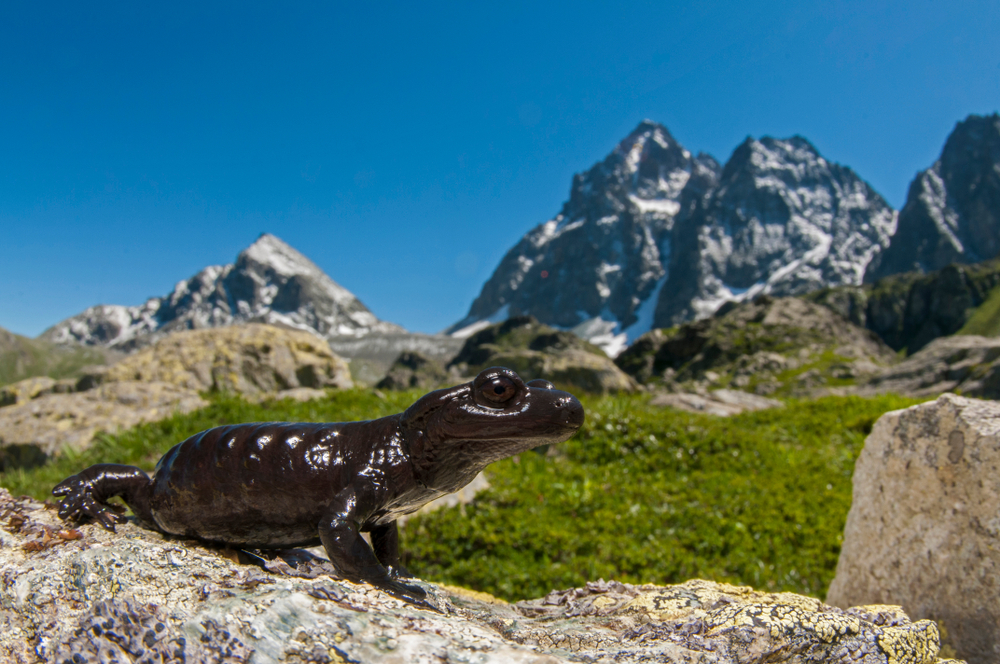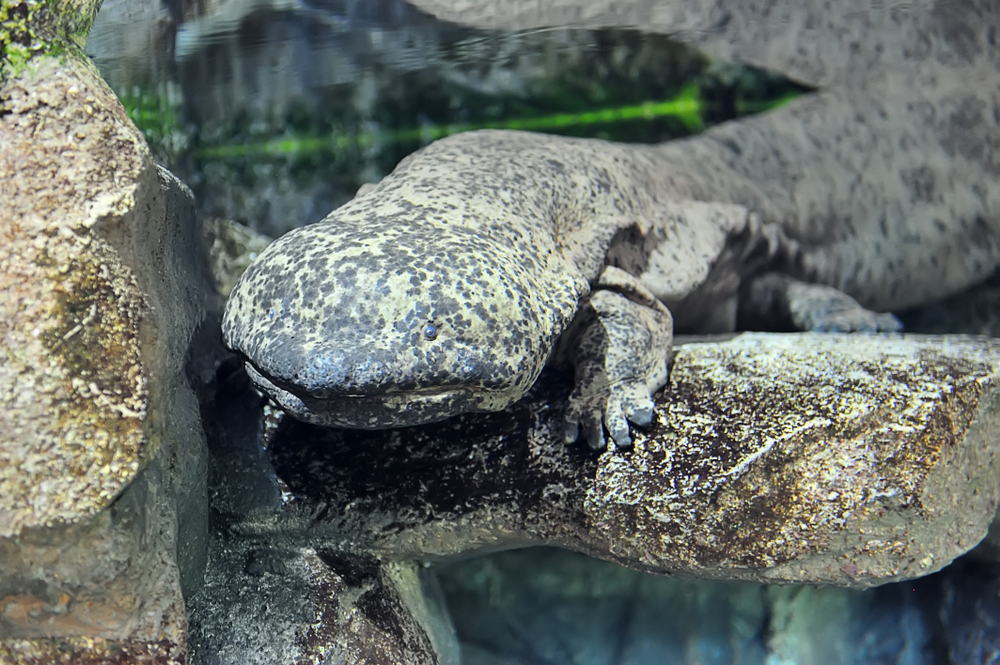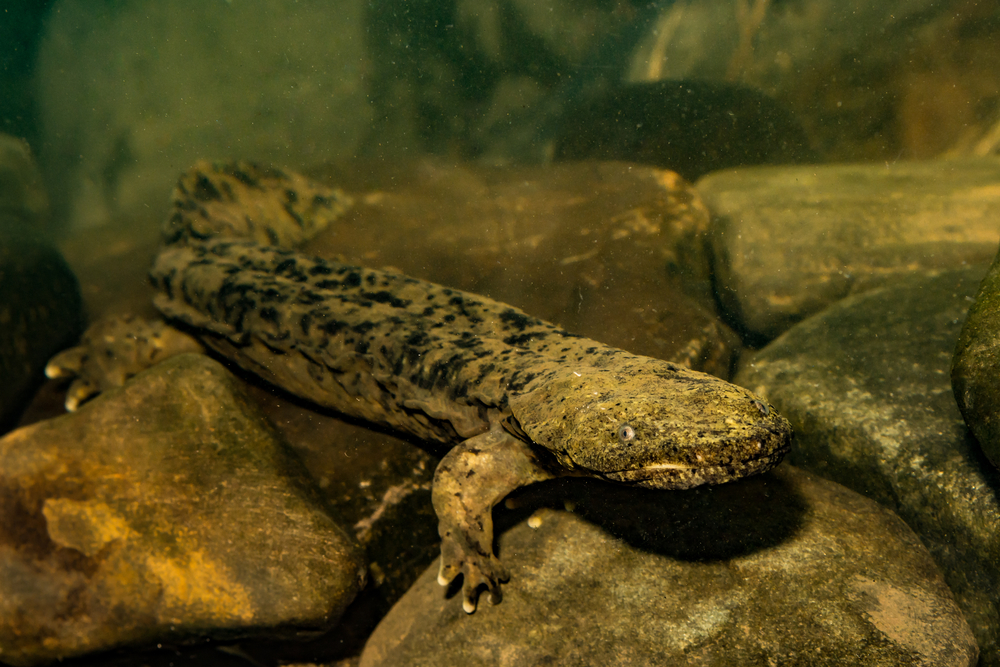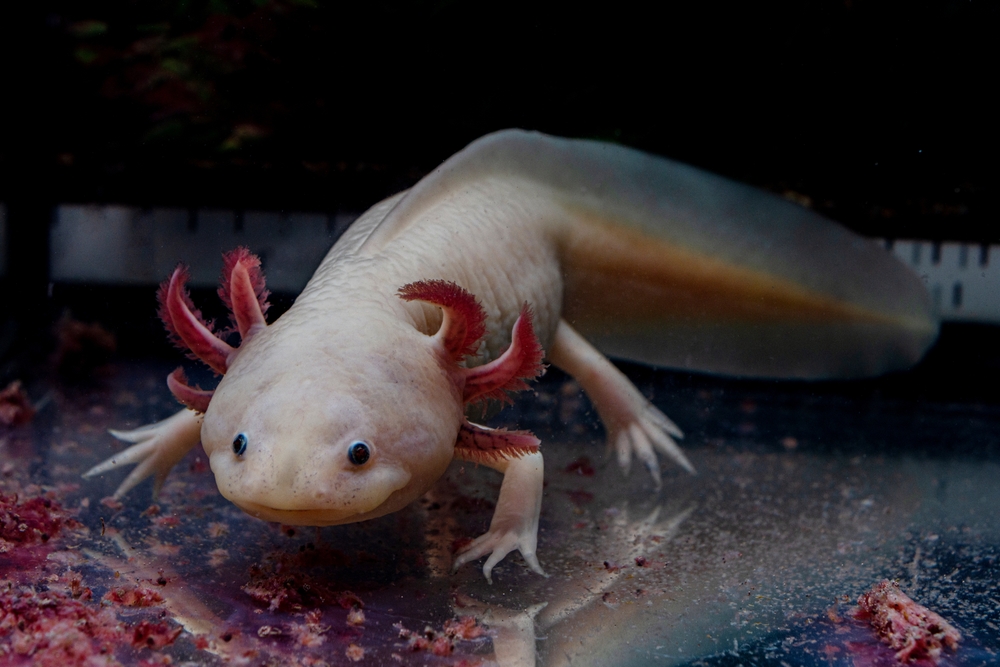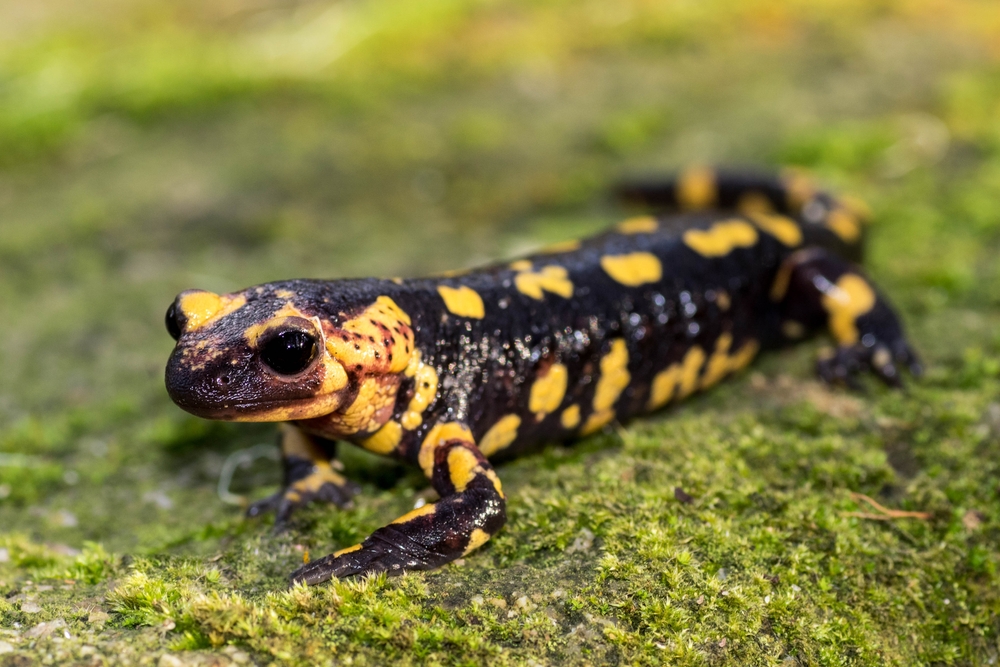Uniqueness
Endemic to a Tiny Alpine Range:
Lanza’s alpine salamander (Salamandra lanzai) is endemic to the Cottian Alps, a narrow mountain region straddling the French–Italian border. Its range is extremely limited—one of the smallest of any European amphibian—making it both highly specialized and conservation-critical.
Entirely Terrestrial & Viviparous:
Unlike most salamanders that lay eggs or aquatic larvae, S. lanzai is fully viviparous. It gives birth to 1–2 fully developed juvenile salamanders after a 2–3 year gestation. This rare trait allows reproduction in high-altitude environments where water bodies are too cold, seasonal, or scarce for typical amphibian development.
Exceptionally Long Gestation Period:
Its reproductive cycle includes one of the longest gestation periods among amphibians—up to three years. During this time, embryos develop inside the female, feeding on unfertilized eggs and uterine secretions. This makes Lanza’s alpine salamander one of the slowest-reproducing amphibians in the world.
Entirely Black Appearance:
Unlike its colorful cousin the fire salamander, S. lanzai is uniformly jet black, providing cryptic camouflage among wet rocks, alpine moss, and leaf litter. Despite lacking bright warning coloration, it secretes mild toxins from its skin as a defense.
High-Altitude Adaptations:
It is adapted to cool, foggy, and often snowy alpine conditions at elevations between 1,200 and 2,800 meters. Its slow metabolism, nocturnal activity, and viviparity are all evolutionary responses to the short growing season and harsh environment.
Cryptic and Rare:
Due to its secretive habits and remote range, Lanza’s alpine salamander is rarely observed, even by herpetologists. Its conservation status is Near Threatened, and populations are vulnerable to climate change, habitat fragmentation, and fungal disease (such as chytrid fungus).
Summary:
Lanza’s alpine salamander is a highly unique amphibian, defined by its tiny range, full viviparity, jet-black coloration, and extremely long gestation period. As a relic of Europe’s alpine ecosystems, it represents one of the most specialized and evolutionarily distinct salamanders on the continent.



































































